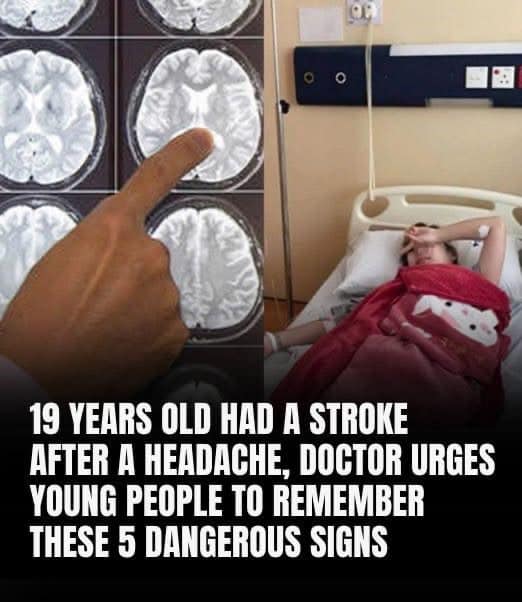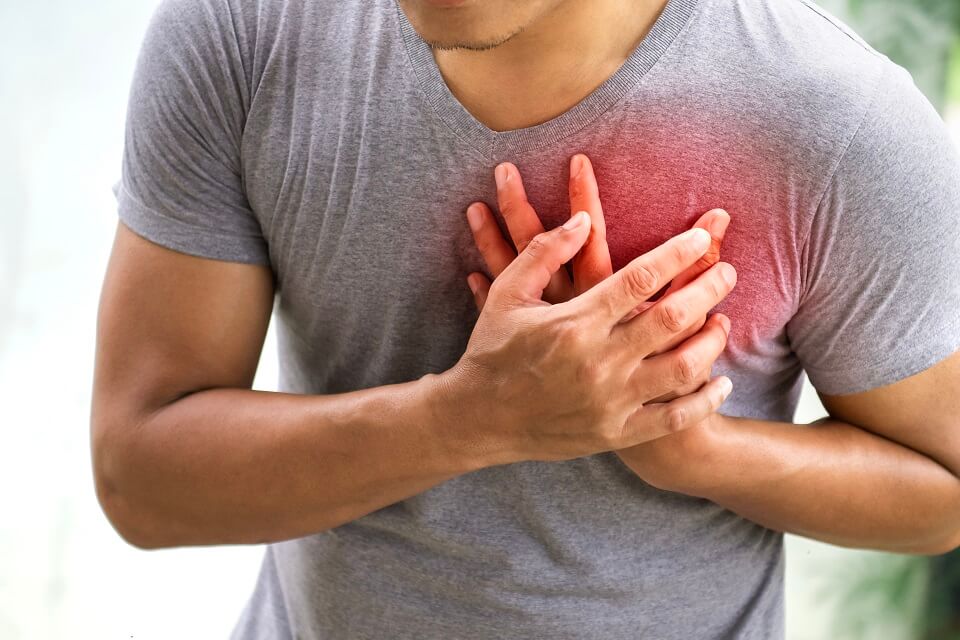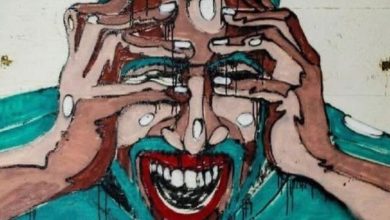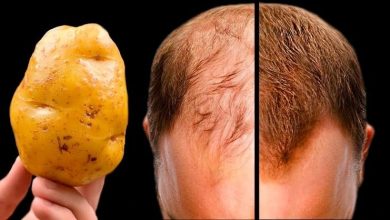
In recent years, the growing number of stroke cases among young adults has highlighted the importance of recognizing its common symptoms. While many assume strokes primarily affect older individuals, that’s not entirely true.
Several factors contribute to the rising stroke risk in younger populations, including unhealthy lifestyle habits, chronic stress, recreational drug use, and the use of birth control pills containing estrogen. Additionally, conditions like hypertension and diabetes are becoming more prevalent among younger individuals, further increasing their risk.
According to the American Heart Association, stroke cases among young adults have surged by 40 percent in recent years. In fact, approximately 10-15 percent of all strokes occur in individuals between the ages of 18 and 45.

Dr. Khurram Nasir, chief of the division of cardiovascular prevention and wellness at Houston Methodist DeBakey Heart and Vascular Center in Texas, emphasized that while medical advancements have significantly improved early interventions to lessen stroke severity and complications, these efforts become less effective if individuals fail to recognize stroke symptoms.
“While the medical community has made significant improvements to reduce the severity and complications of strokes with early interventions, these efforts are of limited value if patients do not recognize stroke symptoms,” Dr. Khurram Nasir said.
He further stressed the urgency of timely recognition, stating, “Time is critical for treating stroke. The earlier people recognize symptoms, the better their chances are to reduce long-term disability from stroke.”
A stroke happens when blood flow to the brain is either obstructed or disrupted.

Strokes can lead to brain damage and even be fatal. In fact, they are the top cause of disability worldwide.
Here are some warning signs of stroke in young adults:
1. Sudden weakness or numbness on one side of the body – If you experience weakness, tingling, or numbness, particularly on one side of your face, arm, or leg, it could indicate a blocked artery or brain hemorrhage.
2. Difficulty speaking or understanding speech – Slurred speech or trouble finding the right words is a common sign of a stroke.
3. A sudden, severe headache – An intense headache that appears out of nowhere may signal a stroke.
Dizziness and loss of balance – Struggling to walk or sudden coordination issues could mean the cerebellum, which controls movement and posture, is affected.
Vision problems – Blurred or double vision, loss of sight in one eye, or increased sensitivity to light can also be warning signs of a stroke in young adults.
If you or someone around you shows any of these symptoms, seek emergency medical attention immediately.






